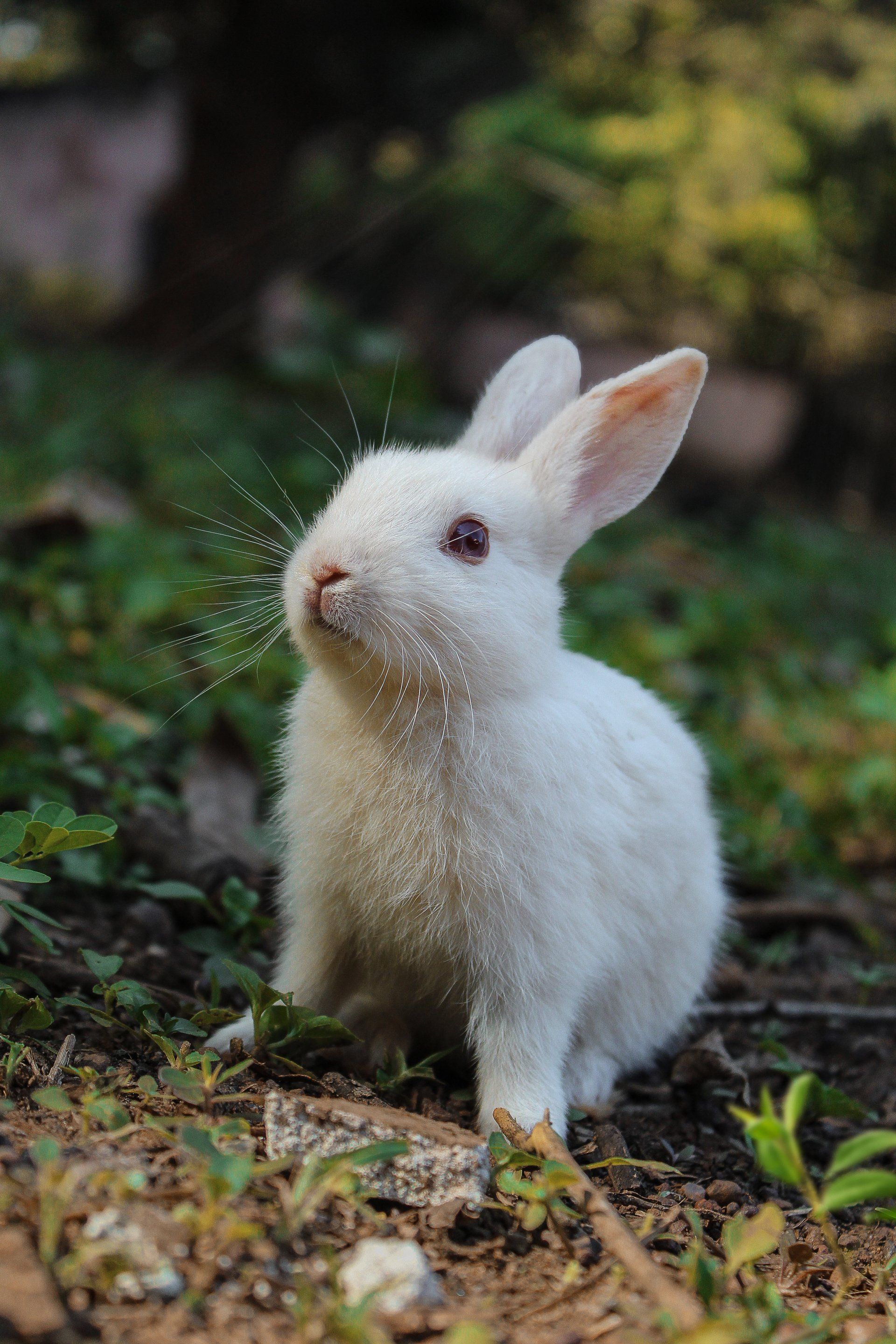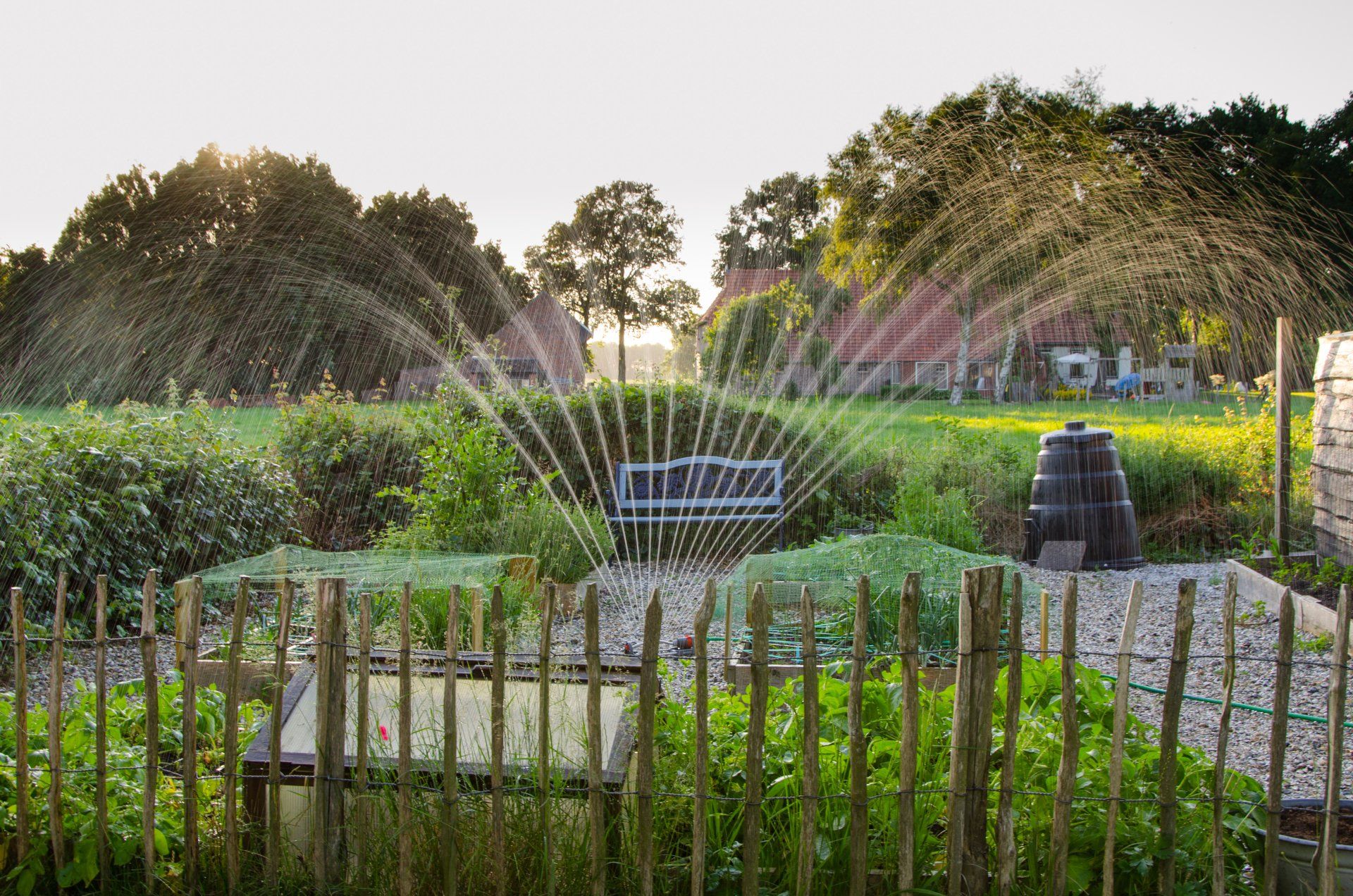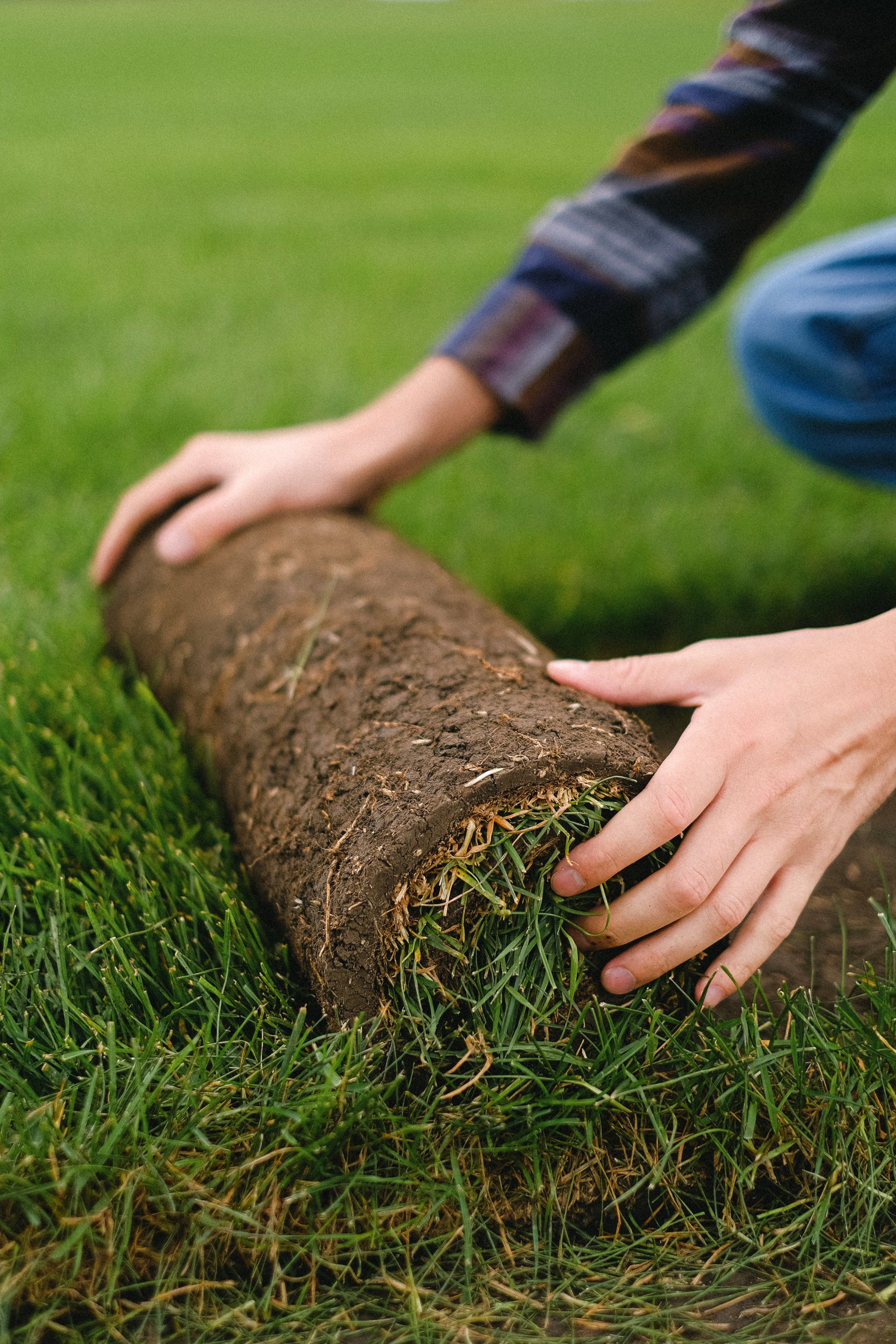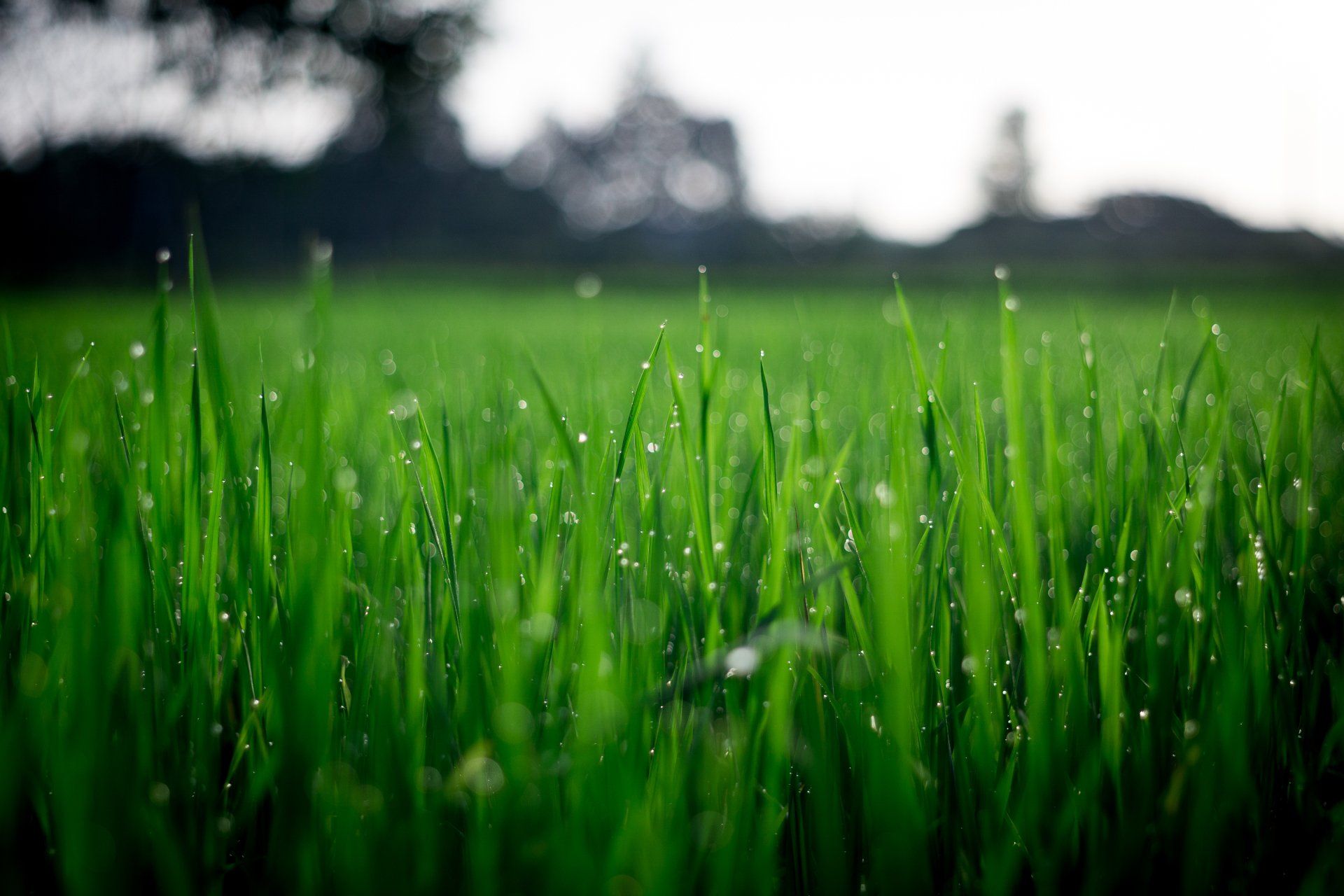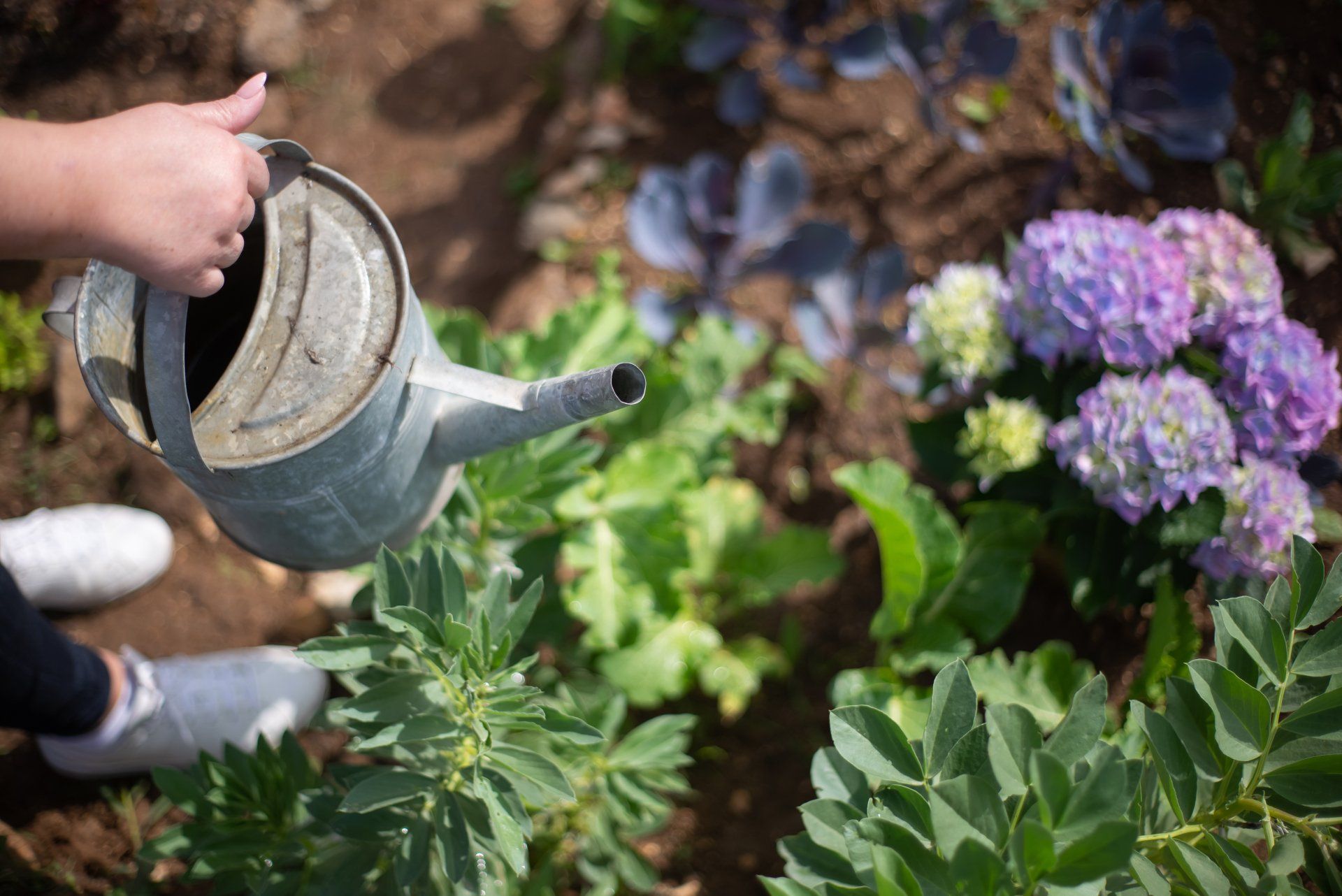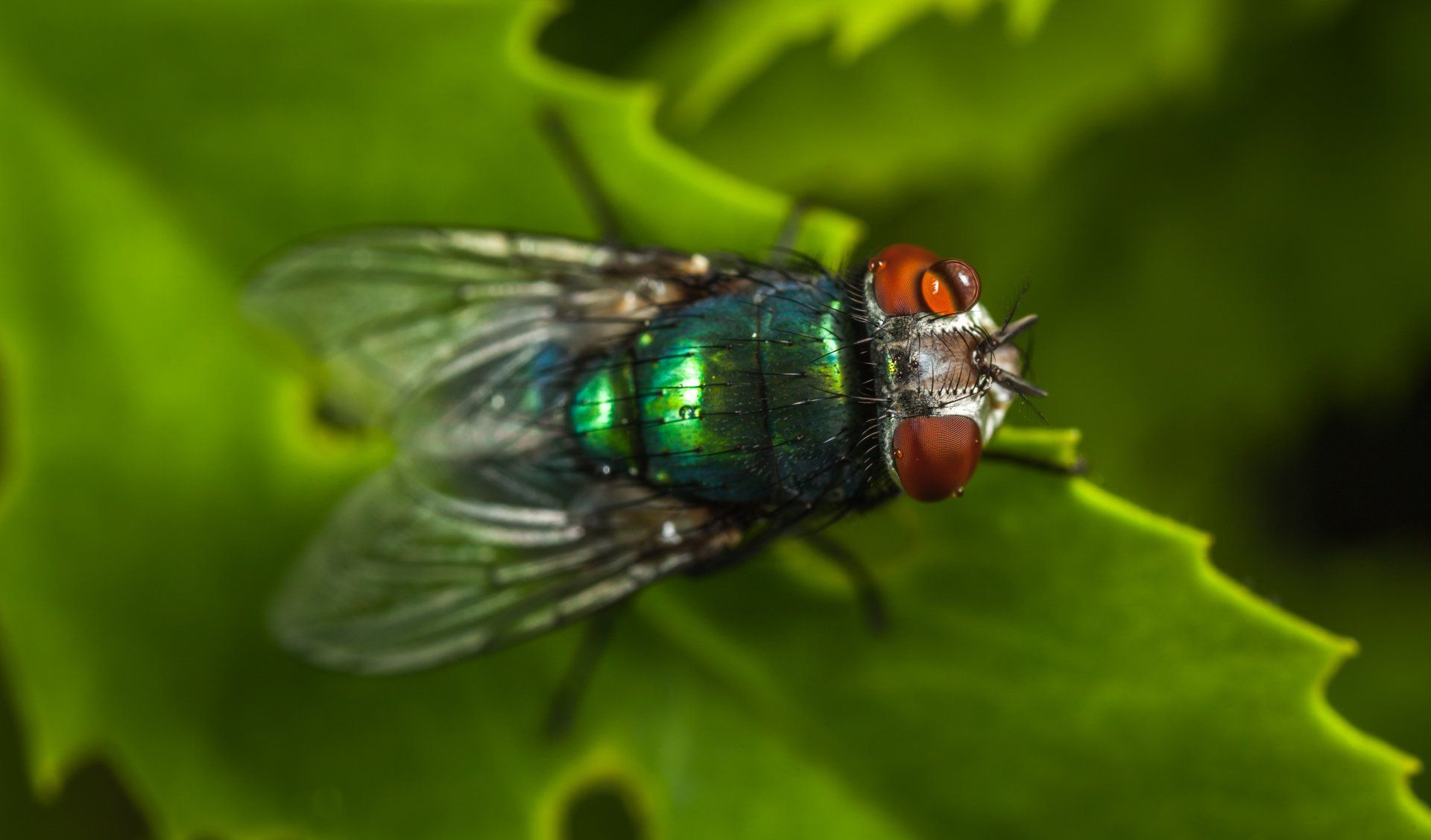Dormant Grass Seeding Tips for Homeowners
Dormant Grass Seeding Tips for Homeowners
Do you have a lawn with areas of bare or thin growth? The early fall months could be the best moment to tackle these issues through dormant grass seeding. You can ensure early germination and abundant growth throughout the year by following these guidelines from us.
What is Dormant Seeding?
The process of seeding grass in a dormant state is applied when temperatures are too low to stop germination; however, the ground isn't completely frozen. The seeding process helps make up for bare spots, grass that is thin, and areas of low growth to help create a lush lawn after spring arrives.
Tips for Fall Lawn Seeding
The success of seeding during dormant times is dependent on a variety of aspects, such as planting grass during other seasons. Follow these suggestions to get positive results.
Select the Proper Grass Seed
The right kind of lawn grass could be a difficult task. The most important thing to consider is whether it is in the cool season or warm, which will determine how well it will thrive in your local climate.
If you are aware of the type of grass that is already growing in your backyard, plant seeds that are similar to the species you have to make up any empty places. In case you don't, let us help you choose from the most popular choices, such as Kentucky bluegrass, fescue and Ryegrass, and Bermuda.
Prepare the Soil
When you plant a new area of lawn:
- Rake the top 2 or 3 inches, then smooth the surface.
- Make sure to break up large clumps and be careful not to make the soil too coarse. Small clumps are fine and are even preferred.
- Take away sticks, stones, and other debris from the area.
If you are seeding a dormant lawn:
- You can cut the grass by using the shortest setting of the lawn mower.
- The top half-inch is raked, as these will be the areas you will seed, and then level up the space.
- Rake the turf you have in the areas where you are planning to seed to eliminate the thatch and other particles. This helps to increase soil-to-seed contact, which is the most crucial aspect of lawn seeding in fall.
Plant Grass Seeds
- Make sure to check the weather forecast and make sure to sow the seeds in the midst of an extreme snowstorm or heavy rain.
- Spread the seeds across by hand. For larger areas, you can make use of the hydraulic seeder or handheld spreader.
- The sprinkling of too many seeds causes seedlings to battle for nutrients and sunlight and can result in the grass growing thin or weak.
Cover and Water Grass Seeds
- Cover the seeded area with mulch to stop erosion and loss of seeds to runoff from the water. This helps keep the seeds moist between the watering sessions.
- Pick a light-colored mulch so as to ensure that it doesn't soak up too much sunlight that may cause the seeds to overheat.
- Think about a mulch option with a starter fertilizer included. This will provide an area of grass with the nutrients it requires to develop strong and fast when spring comes around. If the grass you pick isn't fertilizer-based, then include your own. Follow the instructions on the label.
- Make sure to water the area thoroughly after seeding, and make sure it doesn't get too saturated.
- Then, in the early spring months, you should frequently water the areas that have been seeded, at least every day. Keep this up until the grass is two inches high to ensure that the roots remain damp.
Ready to work with Landscaping LeafExperts Vancouver?
Let's connect! We’re here to help.
Send us a message and we’ll be in touch.
Or give us a call today at 604-409-5034
More Tips!
